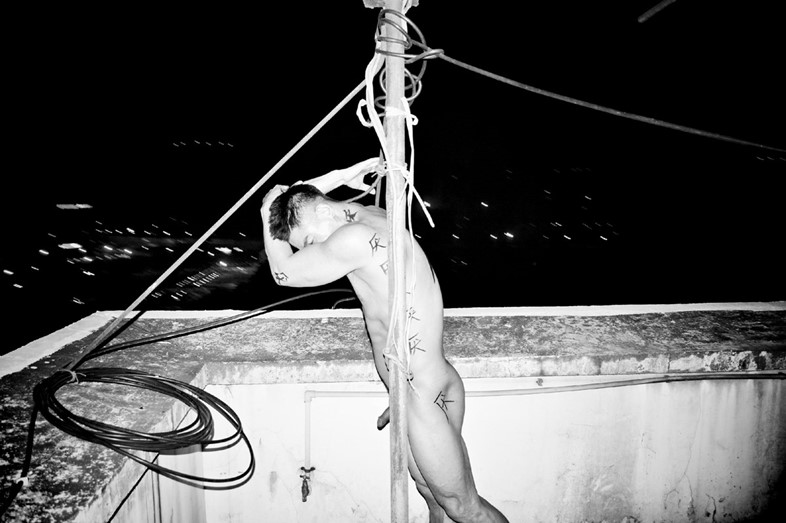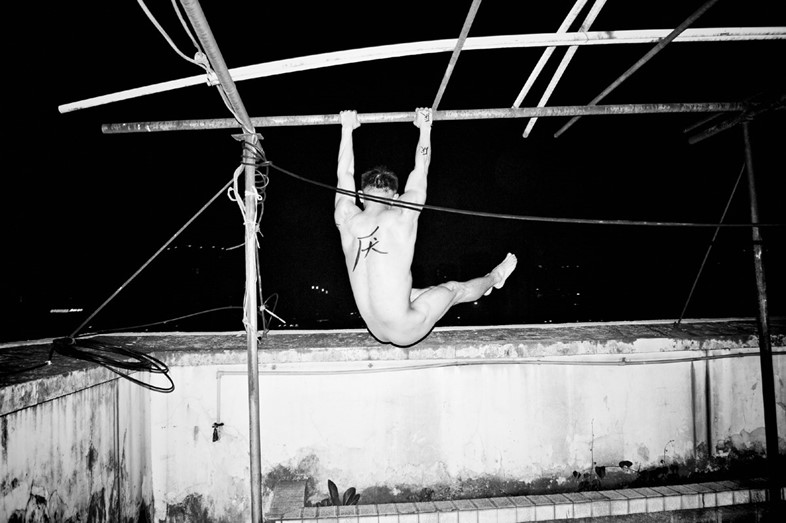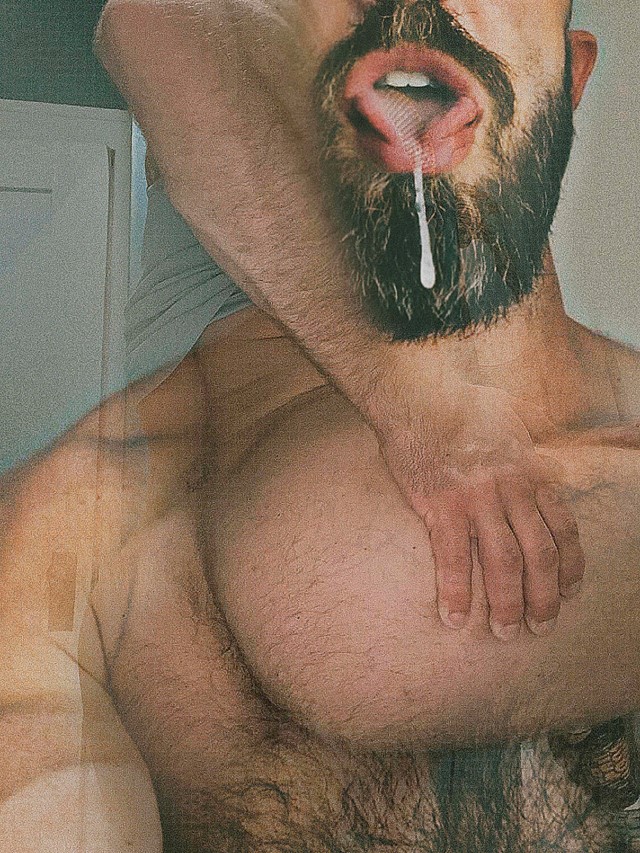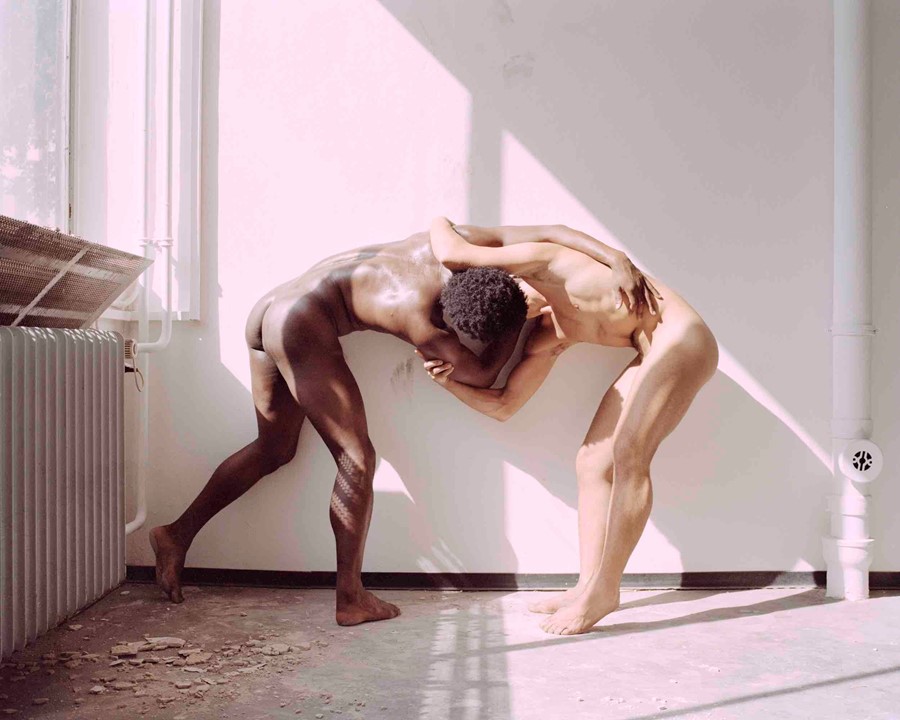In a new volume of BOYS! BOYS! BOYS! edited by Ghislain Pascal, 60 photographers from over 30 different countries offer diverging depictions of queer manhood
While others may allude or imply, BOYS! BOYS! BOYS! does what it says on the tin. Whether it’s cruising on Hampstead Heath, diving into a glassy pool, or extreme wedgies in a snow-strewn garden, this new edition explores the complex and various ways of being a boy. Now in its third volume, the BOYS! BOYS! BOYS! photography book is part of a larger project by Ghislain Pascal, founder and co-director of London’s Little Black Gallery, that promotes queer and gay photography from artists in over 30 countries around the world. Attempting to represent gay life in all its multiplicity is no easy feat, but the scope of Pascal’s vision triumphs in capturing the magnitude of man.
Despite this, misconceptions can arise when compiling a book of this nature. “We aren’t just showing images of sexy boys”, Pascal tells me in a conversation over email. Sure, a lot of the men in the photographs are sexy boys, but they’re not just sexy boys – the book is a compendium of fine art photography, honouring the male form in its diverse realities. “I get sent plenty of dick pics which is not what I am looking for”, Pascal continues, “my mantra is definitely less dick and more art!”
“I get sent plenty of dick pics which is not what I am looking for. My mantra is definitely less dick and more art” – Ghislain Pascal
Beneath any superficial readings is a very real impetus for change. For every edition sold, Pascal donates $1 to charities such as the National AIDS Trust, Wear It Purple and the Peter Tatchell Foundation, organisations fighting tirelessly for change in the LGBTQ+ community. In addition to this, the selection of photographers for the edition is carefully engineered for maximum impact. “I am honoured to be able to offer a platform for artists from countries where gay rights are repressed and queer lives under constant threat”, says Pascal, adding that “their bravery is truly amazing in creating images despite the challenges facing them.” You may see sexy boys on a page, but Pascal’s curation is a political act in itself.
This covert politicisation is evident in the work of Lui Tao, a Chinese photographer whose work is included in the edition. Although being openly gay is not criminalised in China, the country’s attitude towards homosexuality is extremely complicated, with depictions of queer relationships banned on television as recently as 2016. Tao’s work ‘Soft Name’, a series of black and white stills of men in domestic locations, reflects these complexities. In Pascal’s curation, a man exercises on a rooftop, Chinese symbols scrawled over his body. In the first image he is dejected, obscuring his face and cradling his head in his arms; in the second he is powerful and robust, muscles flexed as he swings into action. In this diptych, Tao’s contrasting images capture the emotional pendulum between fortitude and despair, an everyday reality for gay men in China.


Elsewhere in the edition, the photographer Mauricio A. Rodriguez reflects on another aspect of gay life: the digital transience of online relationships. His photographs – named things like ‘@ARH.83’ after social media usernames – layer multiple explicit images of conventionally attractive men, ones that you’d find on apps like Grindr and Scruff. The result is a chimera of intersecting limbs, photographs that puzzle and confound as much as they entice. “Mauricio has been collecting and manipulating images for many years”, Pascal tells me. “He believes that social media has brought the gay community to a level of superficiality. If your looks, poses or size are not appealing, we can choose to ignore, delete or block and move on to the next profile.” This superficial nature is the defining quality of Rodriguez’s work. The bodies depicted are ghostly and un-whole, suggesting a deep unfulfillment. The photographs come to represent the liminal spaces between hookups, as one suitor literally fades into the background while another comes into view. But rather than allow this to be a space for self-reflection, Rodriguez reminds us that, while on these apps, we are constantly waiting for the next body to materialise.
The relationship between artifice and emotion is also explored in the work of Lagartier, a documentary photographer from Mexico who chronicles the traditionally masculine world of his home country. When I ask him about his Bodybuilders series featured in BOYS! BOYS! BOYS!, he tells me that although he has “participated in some photography contests and tried to have them published in Mexican magazine’s”, editors in his country aren’t really interested. “Men with dark skin colour – or ‘morenos’ – are important for me when deciding who I’m going to photograph”, he says, and this can often lead to professional roadblocks. But since his inclusion in the BOYS! BOYS! BOYS! roster, Lagartier strikes a hopeful tone. “Now, in the US and Europe, editors and galleries have been interested in publishing my work, and I have Pascal to thank”. Sexy boys may be one selling point of the book, but it’s clear that Pascal’s project truly believes in the value of queer art.

Join Dazed Club and be part of our world! You get exclusive access to events, parties, festivals and our editors, as well as a free subscription to Dazed for a year. Join for £5/month today.










